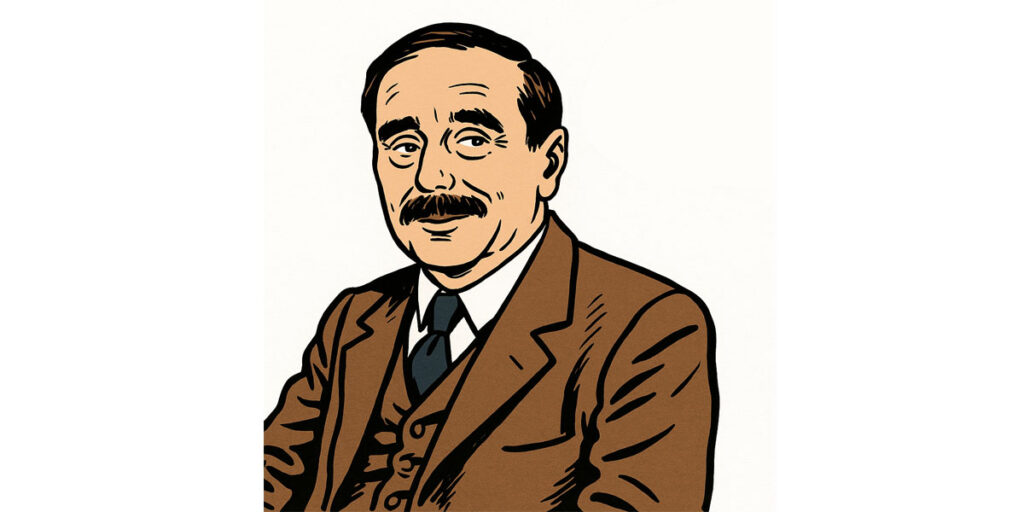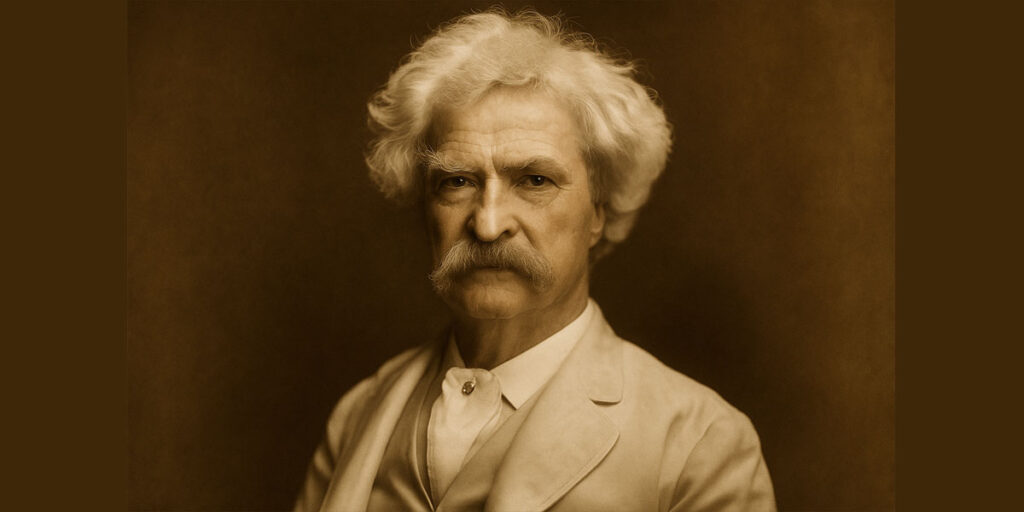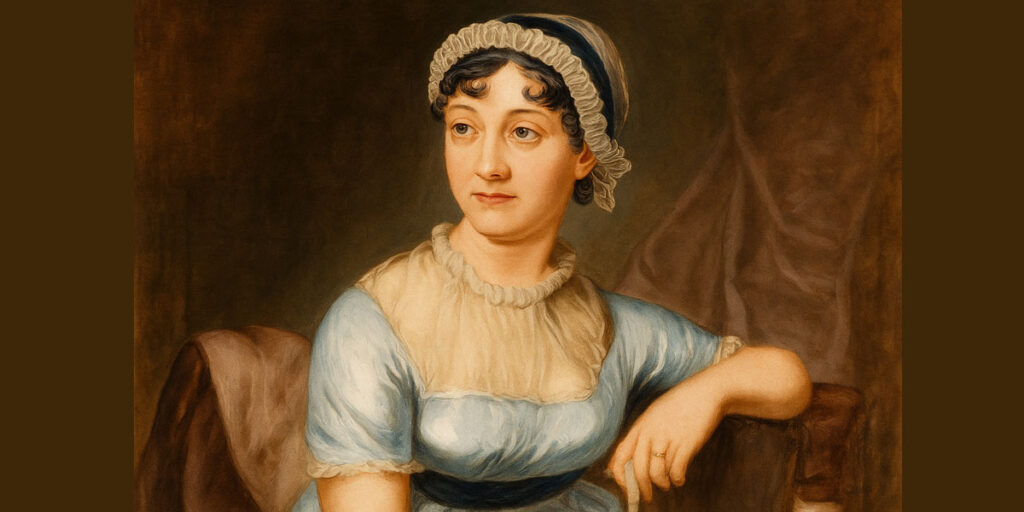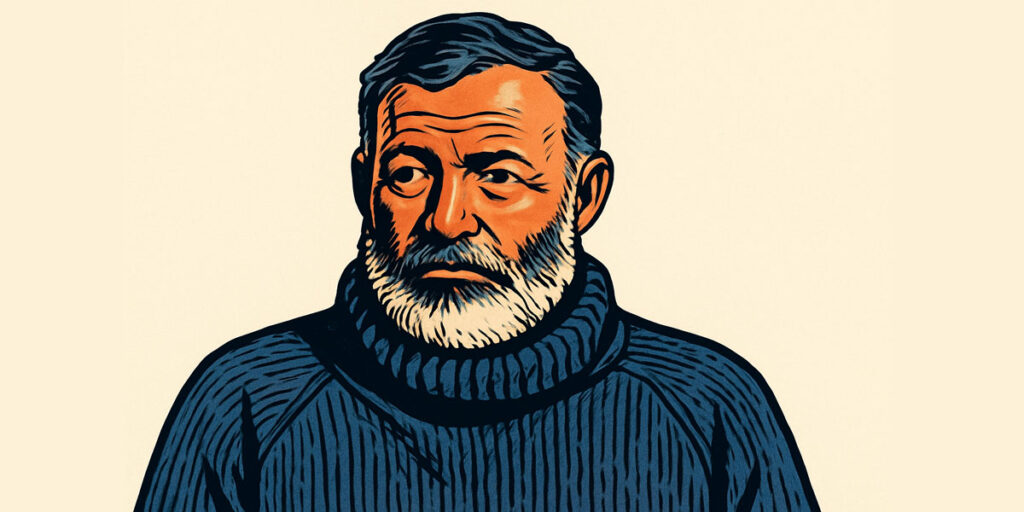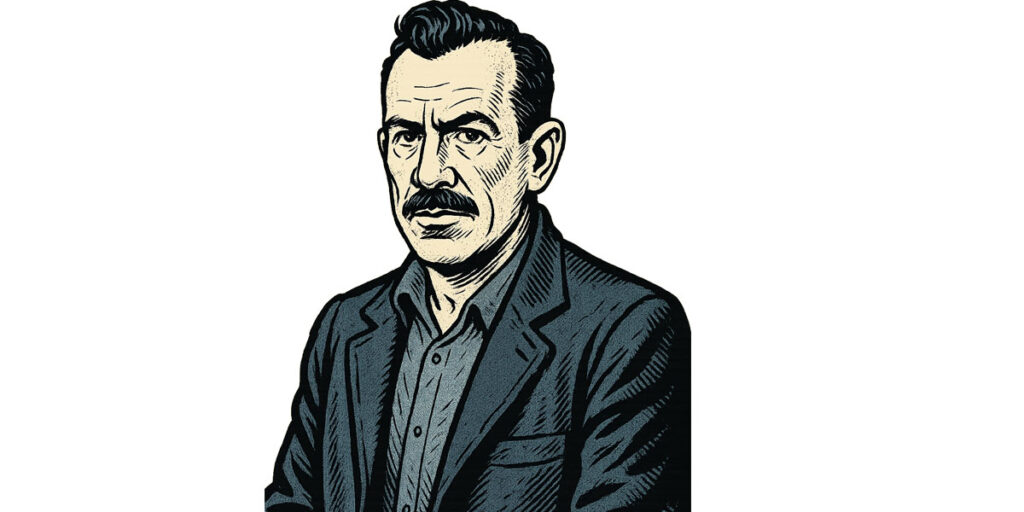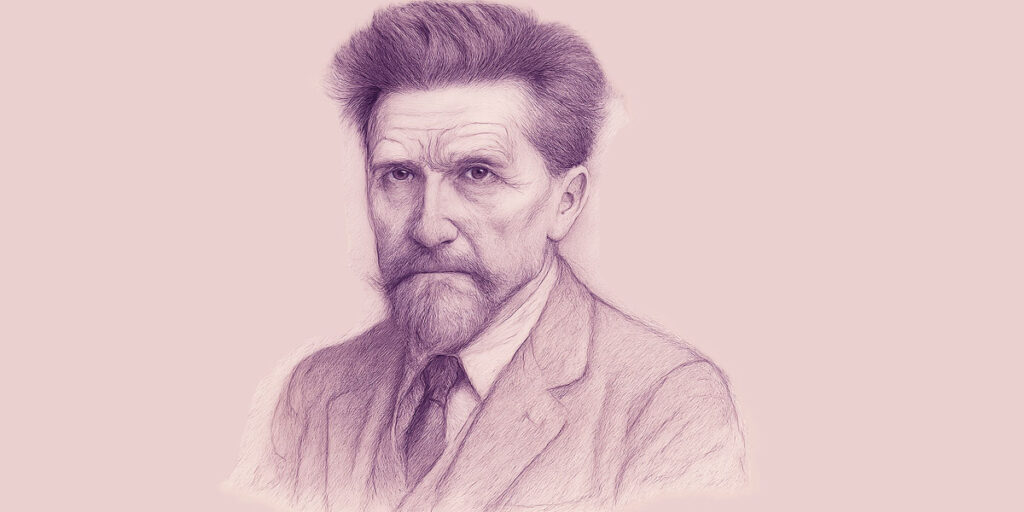H.G. Wells: The Visionary from Bromley, Kent, England
In the quiet town of Bromley, Kent, England, a young boy once peered through the window of a small shop where his family sold china and hardware. That boy would one day revolutionize literature and imagination itself. Herbert George Wells, born on September 21, 1866, grew up not just dreaming of faraway places—but of distant futures. He became the father of science fiction, and his name remains etched in the annals of time as one of the most prescient thinkers of modern literature.
The Humble Origins in Bromley
Wells’ early life was steeped in hardship. His father, Joseph Wells, was a shopkeeper and professional cricketer. The shop was largely unsuccessful, and when Joseph broke his leg—ending his cricketing career—the family’s financial situation grew even worse. H.G.’s mother, Sarah Neal, became a housemaid in a wealthy estate, and Wells was introduced to a rigid class system that would later influence many of his political and social ideas.
A defining moment in young Herbert’s life came in 1874 when he broke his leg and was confined to bed. It was then that he discovered the joy of reading. The books brought to him—like The Thousand and One Nights and The Adventures of Ulysses—ignited his passion for storytelling, myth, science, and the unknown. This period marked the origin of the author who would later pen tales of invisible men, alien invaders, and time machines.
The Rise of a Scientific Imagination
Wells attended the Normal School of Science in London under Thomas Henry Huxley, one of the most influential biologists of the time. Under Huxley’s mentorship, Wells gained a solid grounding in biology and scientific thinking, which he seamlessly fused with speculative fiction.
By the time he published The Time Machine in 1895, the world had never seen a story quite like it. This novel wasn’t just about time travel—it was a socio-political allegory reflecting the divide between classes. The Eloi and Morlocks weren’t just future beings; they were metaphors for the elite and the working class. Wells wasn’t merely writing fiction—he was using futuristic concepts to critique his own era.
Major Works and Literary Contributions
Wells’ writing wasn’t confined to entertainment. His works functioned as a mirror held up to society, filled with warnings, predictions, and philosophical questions. Over the span of his career, he wrote more than 50 novels and dozens of short stories.
Some of his most influential novels include:
- The Time Machine (1895) – A pioneering exploration of time travel and social decay.
- The Island of Doctor Moreau (1896) – A terrifying tale of human-animal hybrids and ethical boundaries in science.
- The Invisible Man (1897) – A psychological thriller about a man who disappears from view—and from morality.
- The War of the Worlds (1898) – An allegorical masterpiece about British imperialism, told through an alien invasion of Earth.
- The First Men in the Moon (1901) – Predating the actual Moon landing by decades, this book envisioned space travel in vivid detail.
Each of these stories showed Wells’ remarkable foresight—not just in technology, but in human nature, society, and politics.
Political Philosophy and Social Advocacy
Beyond fiction, Wells was a committed socialist and futurist, deeply involved in advocating for global equality and scientific progress. He was a member of the Fabian Society, which aimed to promote socialism through gradual reform rather than revolution.
Wells saw science as a tool for human progress but also a force that could destroy if left unchecked. In The Shape of Things to Come (1933), he eerily predicted global wars and aerial bombings that closely resembled the devastation of World War II.
His non-fiction work was just as ambitious—ranging from educational theory and history to outlines for future utopian societies. His vision was not always perfect, and some of his views, particularly on eugenics and centralized control, have been criticized. Yet his influence on political thought and public consciousness cannot be overstated.
Later Years and Legacy
In his later years, Wells became increasingly pessimistic about humanity’s ability to govern itself wisely. The outbreak of World War II particularly disheartened him. His final book, Mind at the End of Its Tether (1945), was a stark reflection on humanity’s possible doom.
Wells died on August 13, 1946, in London—but his imagination still breathes life into literature, film, and modern science fiction. “You cannot escape the future,” he once wrote, and true enough, Wells foresaw much of the world to come.
The Legacy in Bromley and Beyond
Today, in Bromley, the spirit of H.G. Wells lives on. A blue plaque commemorates his birth home, and locals take pride in the boy from Kent who grew up to shape the very future of storytelling. From Spielberg’s adaptation of War of the Worlds to the dozens of retellings of The Invisible Man, Wells’ ideas continue to evolve and influence.
He wasn’t just an author; he was a time traveler in spirit, one who dared to imagine what others couldn’t even articulate.
🧠 50 Novels of H.G. Wells
- The Time Machine (1895) – Invented time travel and introduced social dystopia through the Eloi and Morlocks.
- The Island of Doctor Moreau (1896) – Explores ethics in science, vivisection, and playing god.
- The Invisible Man (1897) – A scientist becomes invisible and descends into madness.
- The War of the Worlds (1898) – Martians invade Earth; a metaphor for imperialism.
- When the Sleeper Wakes (1899) – A man wakes in the future to find himself the ruler of a dystopia.
- Love and Mr. Lewisham (1900) – A story of romance, social class, and ambition.
- The First Men in the Moon (1901) – Invented antigravity material called “Cavorite” to visit the Moon.
- The Sea Lady (1902) – A satirical fantasy about a mermaid and Victorian society.
- The Food of the Gods and How It Came to Earth (1904) – A substance that causes immense growth in humans and animals.
- Kipps: The Story of a Simple Soul (1905) – A tale of a working-class draper who inherits a fortune.
- A Modern Utopia (1905) – Envisions a global utopia governed by a voluntary aristocracy called the Samurai.
- In the Days of the Comet (1906) – A comet changes Earth’s atmosphere, transforming human behavior.
- The War in the Air (1908) – Predicted aerial warfare and global conflict.
- Tono-Bungay (1909) – A semi-autobiographical critique of capitalism and quack science.
- Ann Veronica (1909) – A feminist novel exploring a young woman’s fight for independence.
- The History of Mr. Polly (1910) – A gentle comic novel about a man escaping his dull life.
- The New Machiavelli (1911) – A political novel inspired by Wells’ own Fabian Society involvement.
- Marriage (1912) – Explores love, scientific idealism, and marital compromise.
- The Passionate Friends (1913) – A story about lost love and personal philosophy.
- The Wife of Sir Isaac Harman (1914) – Tackles the question of women’s rights and freedom.
- The World Set Free (1914) – Predicted atomic warfare and nuclear chain reactions.
- Boon (1915) – A satire of literary trends, featuring a fictional author.
- Mr. Britling Sees It Through (1916) – A wartime novel depicting civilian life during WWI.
- The Soul of a Bishop (1917) – A crisis-of-faith novel during war.
- Joan and Peter (1918) – A Bildungsroman that critiques education and the war generation.
- The Undying Fire (1919) – A modern retelling of the Book of Job.
- The Secret Places of the Heart (1922) – A psychologist and aristocrat explore England and discuss life.
- Men Like Gods (1923) – A utopian parallel universe novel; introduces the idea of “scientific state.”
- The Dream (1924) – A man dreams of a distant utopian future.
- Christina Alberta’s Father (1925) – Mental illness and father-daughter dynamics.
- The World of William Clissold (1926) – A semi-autobiographical philosophical novel.
- Meanwhile (1927) – Deals with postwar disillusionment and the decline of aristocracy.
- Mr. Blettsworthy on Rampole Island (1928) – A castaway tale layered with fantasy and critique of society.
- The Autocracy of Mr. Parham (1930) – A political fantasy critiquing fascism.
- The Bulpington of Blup (1932) – Satirical novel on self-delusion and hero complexes.
- The Shape of Things to Come (1933) – An ambitious future history from 1930 to 2106.
- The Croquet Player (1936) – A metaphysical exploration of evil and civilization.
- Star Begotten (1937) – Humans may be mutating due to Martian influence.
- The Camford Visitation (1937) – A ghost story with satirical themes.
- Brynhild, or the Show of Things (1937) – A tale of a ghostwriter and marital woes.
- Apropos of Dolores (1938) – A romantic novel exploring obsession.
- The Brothers (1938) – Fictional account of two contrasting siblings.
- Bealby: A Holiday (1915) – A humorous story of a young servant boy who runs away.
- Little Wars (1913) – A manual and narrative for playing tabletop war games.
- The Wonderful Visit (1895) – An angel crashes to Earth and is misunderstood.
- The Wheels of Chance (1896) – A cycling holiday turns into a comic adventure.
- You Can’t Be Too Careful (1941) – His last published novel, a philosophical reflection on caution and change.
- The Research Magnificent (1915) – One man’s quest for noble living.
- The Holy Terror (1939) – A fictional dictator rises and reshapes society.
- Mind at the End of Its Tether (1945) – His final pessimistic vision of humanity’s end.
🔭 Science Fiction & Speculative Futures
- The Star (1897)
A rogue star causes apocalyptic destruction on Earth—a cosmic horror allegory of human fragility. - The New Accelerator (1901)
A chemist develops a potion that speeds up human perception of time. - The Man Who Could Work Miracles (1898)
A clerk discovers he can alter reality with a wish—satirical yet thought-provoking. - The Truth About Pyecraft (1903)
A man becomes weightless due to a weight-loss spell—humorous and absurd. - The Land Ironclads (1903)
Futuristic tanks used in war—foreshadowing real armored warfare in WWI. - The Lord of the Dynamos (1894)
A native laborer worships an electric generator as a god—blending science, race, and belief. - The Stolen Bacillus (1894)
A terrorist steals a vial of cholera—an early biohazard thriller. - The Argonauts of the Air (1895)
An inventor dreams of powered flight, but tragedy strikes—poignant precursor to real aviation. - Under the Knife (1896)
A patient undergoing surgery experiences an out-of-body cosmic journey. - The Crystal Egg (1897)
A mysterious artifact shows scenes of Martian life—considered a prequel to The War of the Worlds.
👁️🗨️ Philosophical & Metaphysical
- The Door in the Wall (1906)
A man discovers a magical garden through a door—symbol of lost innocence and regret. - The Beautiful Suit (1909)
A man wears his beautiful white suit and dies in nature—darkly poetic. - The Empire of the Ants (1905)
South American ants gain intelligence—reflects Wells’ interest in evolution and dominance. - The Remarkable Case of Davidson’s Eyes (1895)
A man’s eyes suddenly perceive a different place—linking perception and reality. - The Country of the Blind (1904)
A sighted man finds a blind society—his “advantage” proves meaningless. - The Valley of Spiders (1903)
A group of travelers encounters giant spiders—suspenseful and symbolic. - The Red Room (1896)
A skeptic faces a haunted room and learns fear is internal, not supernatural. - A Dream of Armageddon (1901)
A man dreams of a future war-torn society and political betrayal. - The Magic Shop (1903)
A boy visits a strange shop where illusions turn terrifyingly real. - The Apple (1896)
A man receives a cursed fruit that grants insight but causes despair.
🧪 Experiments & Mad Science
- The Plattner Story (1896)
A chemistry teacher is transported to another dimension. - The Inexperienced Ghost (1902)
A humorous tale where a novice ghost struggles with haunting. - Pollock and the Porroh Man (1895)
A man in Africa is cursed by a witch doctor—ethnographic horror. - The Purple Pileus (1896)
A man eats psychedelic mushrooms and temporarily escapes his miserable life. - The Flowering of the Strange Orchid (1894)
A rare orchid blooms and attacks—botanical horror at its best. - The Sea Raiders (1896)
Strange cephalopods attack humans—an oceanic monster tale. - The Moth (1895)
Two rival entomologists destroy each other over obsession and reincarnation. - The Temptation of Harringay (1895)
A painter sells his soul for fame—Wells’ twist on Faust. - The Treasure in the Forest (1894)
Treasure hunters face poison thorns guarding a deadly treasure. - Æpyornis Island (1894)
A man raises a prehistoric bird on an island—naturalism with a twist.
🧠 Satirical & Social Commentary
- The Lord of the Dynamos (1894)
Raises questions about colonialism and technology-worship. - The Sad Story of a Dramatic Critic (1895)
A biting satire of theater criticism and self-delusion. - Miss Winchelsea’s Heart (1899)
A bittersweet romantic tale of missed opportunity. - Mr. Brisher’s Treasure (1899)
Greed leads a man to a fruitless treasure dig. - The Truth About Pyecraft (1903)
Comical tale about a man cursed with floating. - The Cone (1895)
A tale of infidelity and industrial revenge involving a molten iron cone. - Through a Window (1894)
A tale of adultery and death in a lonely countryside cottage. - Jimmy Goggles the God (1898)
A diver mistaken for a deity in a tribal culture. - The Jilting of Jane (1894)
A comic twist on love, deception, and disappointment. - The Reconciliation (1895)
A husband and wife rediscover love after years of estrangement.
🧭 Adventure & Travel
- The Lord of the Sea (1897)
A secret society wages war from a sea fortress—Wells’ answer to pirate tales. - The Queer Story of Brownlow’s Newspaper (1932)
A man gets a newspaper from the future—brief, strange, and intriguing. - The Story of the Late Mr. Elvesham (1896)
An old man swaps bodies with a young student—a chilling tale of identity theft. - Le Mari Terrible (1895)
A comic story involving mistaken identity and a duel. - The Grisly Folk (1921)
Prehistoric humans fight monstrous Neanderthals—a Darwinian fantasy. - The Man With a Nose (1894)
A comedic story about self-consciousness and social appearances. - The Stolen Body (1898)
An experiment in astral projection goes terribly wrong. - The Thing in No. 7 (1893)
A strange creature terrifies residents in a boarding house. - How Gabriel Became Thompson (1899)
A man’s soul is transplanted into another’s body—another twist on identity. - The Manner of Dealing with Ghosts (1911)
A satirical guide on how to communicate with spirits.
🗂️ Thematic Highlights
| Theme | Notable Stories |
|---|---|
| Time & Reality | The New Accelerator, Under the Knife |
| Alien Life & Evolution | Empire of the Ants, Æpyornis Island |
| Supernatural & Ghosts | The Red Room, The Inexperienced Ghost |
| Science & Ethics | The Stolen Bacillus, Pollock and the Porroh Man |
| Horror & Suspense | The Sea Raiders, The Cone |
| Satire & Humor | The Truth About Pyecraft, The Jilting of Jane |
